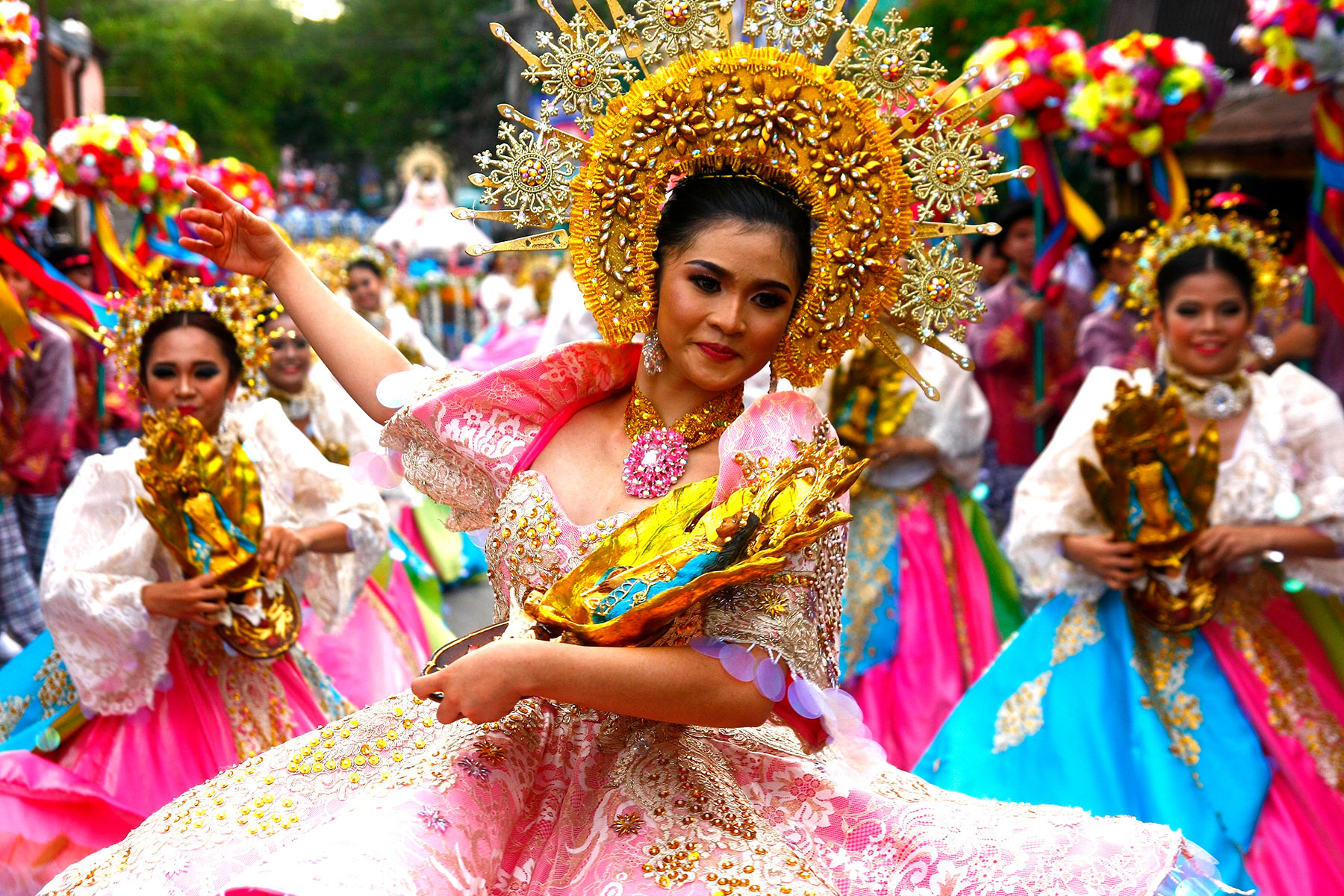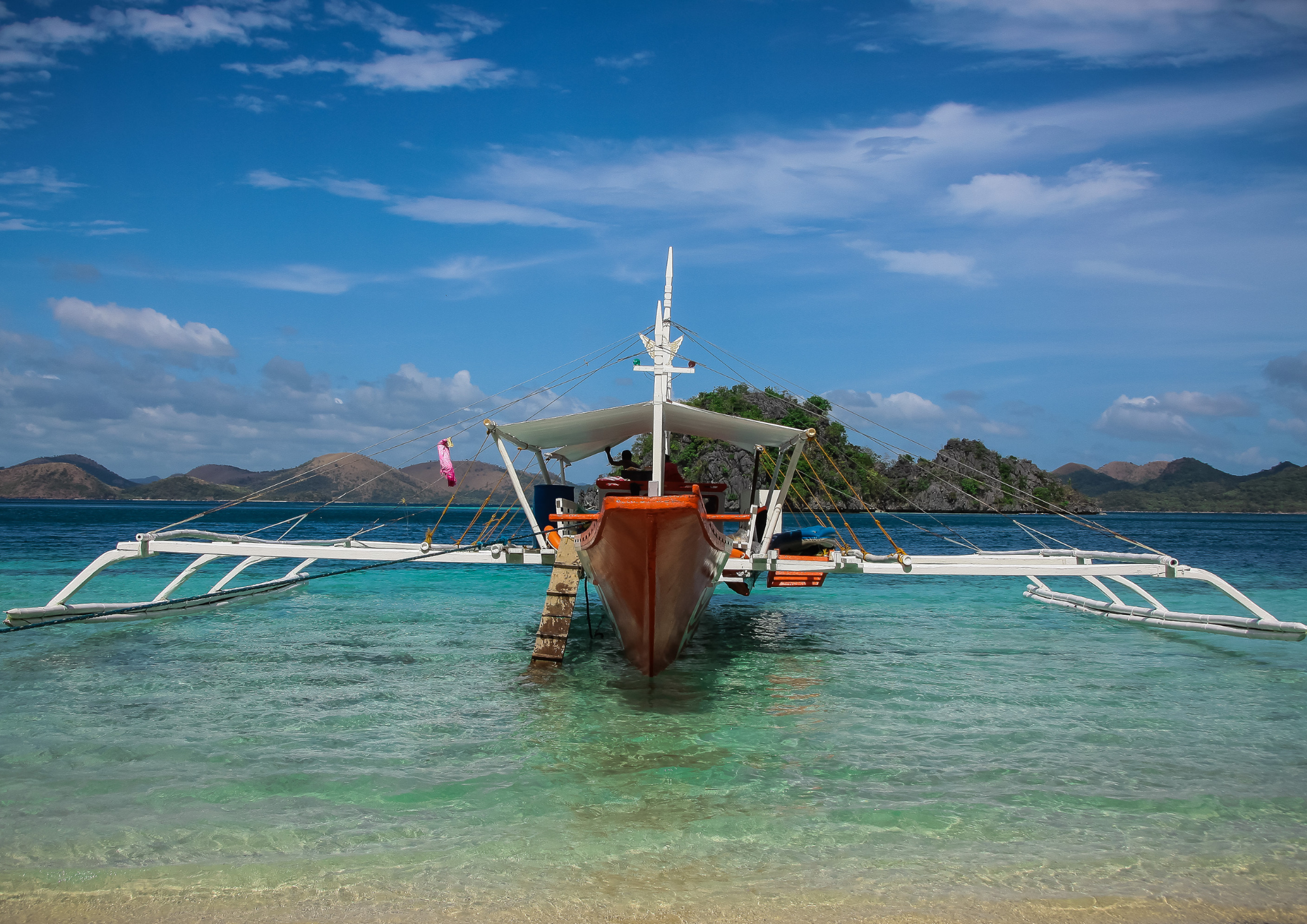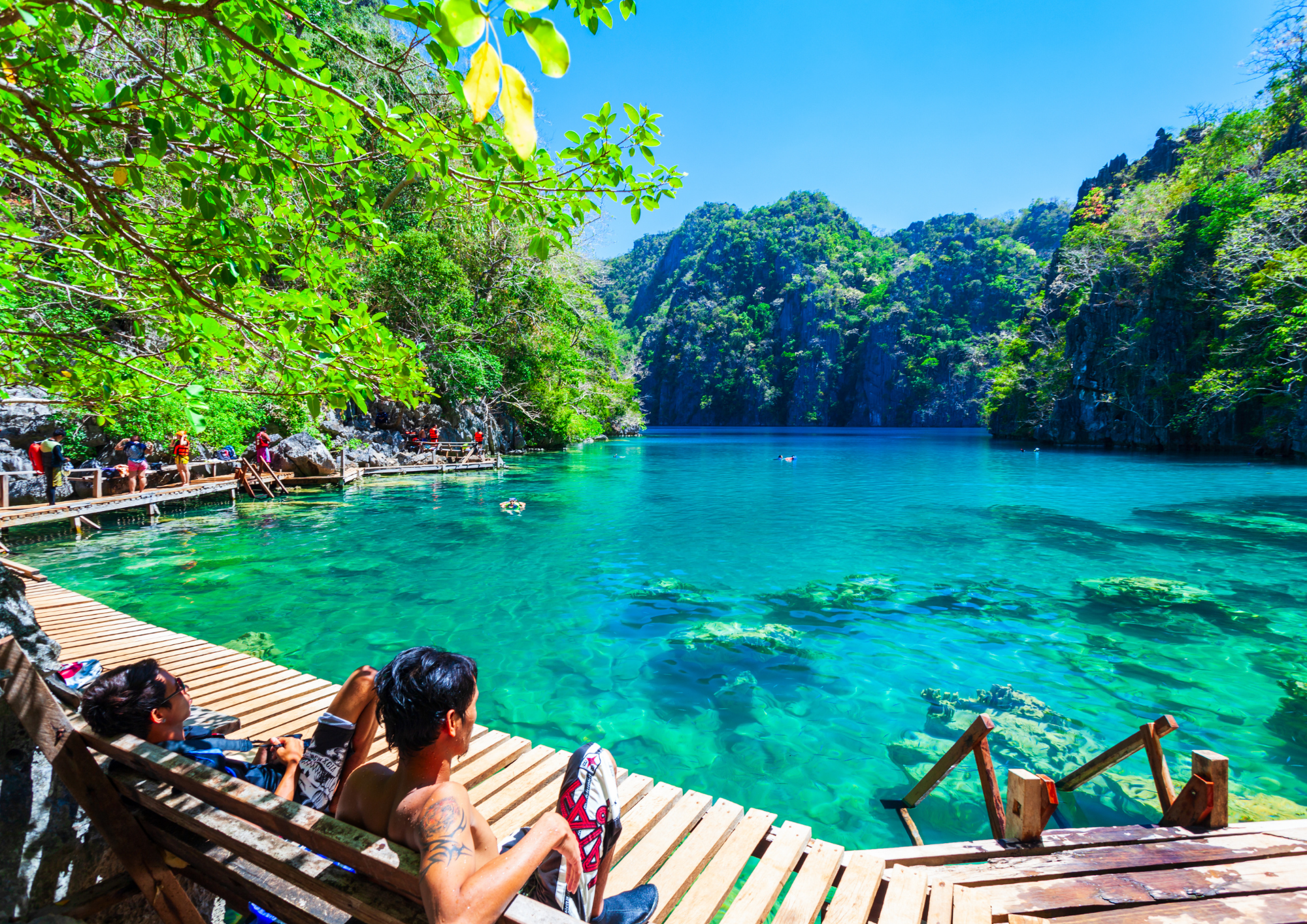WHY CHOOSE THE PHILIPPINES
- Cebu and Baguio are part of the world’s 246 “creative cities”, according to the United Nations Educational, Scientific and Cultural Organization (UNESCO) Creative Cities, recognizing the concept of “creative tourism”.In addition, the Department of Tourism (DOT) is supporting the bid of the Iloilo City government to be designated as Creative City of Gastronomy by the UNESCO Creative Cities Network 2021.
- Based on the Global Medical Tourism Index (MTI), the Philippines ranked 24th in the world.
- According to the Marine Diving Magazine, the Philippines, cited as the “first pick for many diving lovers,” was number one for the first time in the Overseas Diving Category.
- Tripadvisor, the world’s largest travel destination planning platform, bestowed the prestigious 2021 Traveler’s Choice Award to DusitD2 Davao, Dusit Thani Lubi Plantation Resort, Waterfront Cebu, Midori Clark Hotel, and Quest Plus Conference Center Clark.While the Manor at Camp John Hay bagged the 2021 Traveler’s Choice Best of the Best Award as among the top 1% of all hotel listings worldwide. Also, Boracay’s white beach made it to the 12th spot and El Nido, Palawan’s Nacpan Beach ranked 18th in the TripAdvisor Traveler’s Choice 2021 Best of the Best Awards Top 25 Beaches – Asia category.
- According to DOT, based on Condé Nast Taveler’s (CNT) 2020 Readers’ Choice Awards, the Cebu and Visayas Islands are recognized as Top Islands in Asia, leading three other Philippine islands in the top ten.Palawan, Siargao, and Boracay, meanwhile, made it up to the top 10 in Asia list, ranking fourth, fifth, and sixth, respectively, to give the Philippines the most slots in the ranking of the prestigious international travel magazine.
- Based on the Time magazine’s list of “The World’s 100 Greatest Places of 2021,” Siargao earned its spot on the list not only because of its consistent waves but also because of its ongoing development to strengthen toursim infrastructure on the island.The said list is recognizes individuals and businesses who were able to “adapt, build, and innovate” amid the challenges of the pandemic. It also highlights “ingenuity, creativity, revitalization and re-openings in destinations across the world.”
PH Tourism Industry in a Nutshell
Tourism is sitting at the 4th spot among the biggest exports in the country. The main contributors to the country’s domestic tourism expenditure growth are Accommodation Services for Visitors, Miscellaneous, and Country-specific Tourism Characteristic Services.
According to the United World Tourism Organization (UNWTO) Secretary-General Zurab Pololikashvili, the Philippines can restart and recover, as the growth in international visitor arrivals and domestic travel movements can generate an increase in foreign investment opportunities.
With worldwide recognition, the country’s tourism industry has enormous potential. The Philippines is among the top wellness tourism hotspots in Southeast Asia, along with Thailand, Singapore and Malaysia.
The country is recognized as among the world’s top agri-tourism destinations following the sector’s push for more revenue streams for farmers in 2019.
According to the Department of Tourism (DOT), the Philippines is the third-largest English-speaking country in Asia with about 94 percent of Filipinos who can speak the said language, showing the country’s competitive edge compared to its neighbors.
Further, various accommodation enterprises are investing and continuously expanding in the Philippines such as Mercure Hotel (Europe), Madison, Marriott and Hilton (American brands) to name a few.


Key Statistics
10.4%
Average Growth Rate from 2000-2020 for Tourism's total contribution to the Philippine Economy
6.6%
Average Growth Rate from 2000-2020 for Inbound Tourism Expenditure
12.5%
Average Growth Rate from 2000-2020 for Domestic Tourism Expenditure
4.9%
Average Growth Rate from 2000-2020 for Outbound Tourism Expenditure
ADVANTAGES AND OPPORTUNITIES
WORKFORCE AND WARM HOSPITALITY
Tourism is one of the most labor-intensive industries last year, as 12 out of 100 employed Filipinos were in tourism-related sectors.Thus, tourism industry continues to be a major driver of employment in the country.
Ostensibly, warm hospitality is associated with the Filipino culture, attracting newcomers to visit the country. Based on the Department of Tourism (DOT) Visitor Sample Survey in 2019, warm hospitality is the top thing visitors liked most about the Philippines.
INCENTIVES
The current incentives regime is based on the RA 11534 or Corporate Recovery and Tax Incentives for Enterprises (CREATE) Act of 2021. Incentives are available to foreign investors, as under the CREATE Act, the nationality and export bias are removed.
In particular, the requirement for a Foreign-owned Business Enterprise to be either a pioneer project or export 70% of its total production is no longer required. Qualification is subject to the qualifications set forth in the SIPP and performance review by the FIRB.
Under the CREATE Act, the tourism industry offers attractive menu of incentives including:
a. Income Tax Holiday (ITH) for 4 to 7 years
b. 5% Special Corporate Income Tax (SCIT) based on gross income earned, in lieu of all national and local taxes
OUTLOOK
1.Medical Travel and Wellness Tourism (MTWT)
The Philippines is among the top wellness tourism hotspots in Southeast Asia, along with Thailand, Singapore, and Malaysia. Five major hospitals from these hotspots have achieved the ‘Gold Seal of Approval’ as Joint Commission International (JCI)-accredited entities.
Wellness tourism is expected to be in a good positions during the post-pandemic period as tourists shift to focus on health and wellness. According to the Asian Development Outlook 2020 update, “Wellness is a big part of the global and regional economy, highlighting its potential role in post-COVID-19 recovery efforts”.
The wellness industry has become even more relevant in the post-COVID world. Medical Travel and Wellness Tourism is niche tourism and only requires a little to generate revenue given most visitors, particularly foreigners, are ready to shell out large amounts of money to maintain a healthy lifestyle. Among the priority, treatments include executive checkup, ophthalmology, aesthetics and dental services, cardiology and minimally invasive surgery.
Moreover, accommodation enterprises also offer various wellness facilities such as spas and gym (e.g. in house or third party supplier). According to the 2020 Arrivals/Departure Cards, 1.08% of visitors’ main purpose of travel is health and medical.
2.Farm Tourism
In the Philippines, farm tourism accounts for 20%-30% of the overall tourism market. Hence, the country was recognized as among the world’s top agri-tourism destinations following in the sector’s push for more revenue streams for farmers in 2019. During the Global Farm Tourism Summit hosted by the Southeast Asian Regional Center for Graduate Study & Research in Agriculture (SEARCA), the Philippines was highlighted as highly sustainable in terms of agri-tourism destination due to its natural resources and biodiversity, its rich farming heritage and the Filipinos’ innate hospitality and openness to foreign tourists. Organic farms, nature-friendly farms and health and wellness farms were among the top tourism farm destinations in the country.
3.Education Tourism
Education tourism continues to be a niche product as the country’s appeal in this area is limited to one or two markets only.
DOT underscored the competitive edge of the country as the third-largest English-speaking country in Asia with about 94 percent of its population speak and understand English. In 2018, the number of international students. who had applied for special study permits, has reached 59,428 in 2018 or nearly double the 22,561 in 2013. DOT also bared that there is an influx of international students who are also in Cebu to finish their tertiary education. The students come from India, Nigeria, Thailand, the US, Korea, New Guinea, and Kenya.
Further, the Philippines can be a leading destination for English as a Second Language (EDL), as developing ESL is a key educational tourism product. In learning English, the market expansion efforts have attracted foreign students – most of them from Asia, the Middle East, and non-English speaking countries of Europe.

